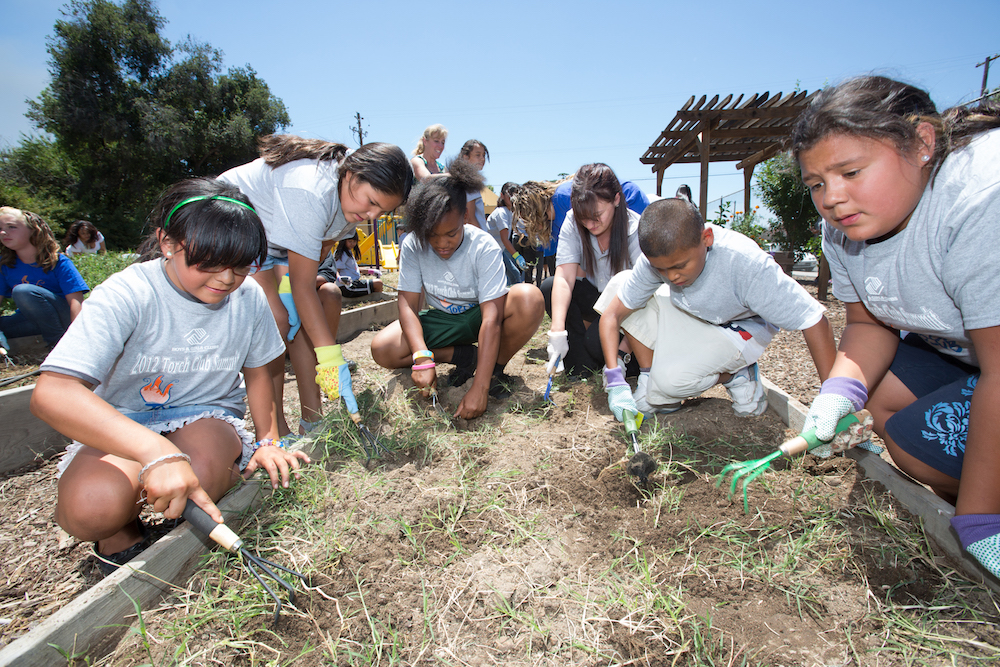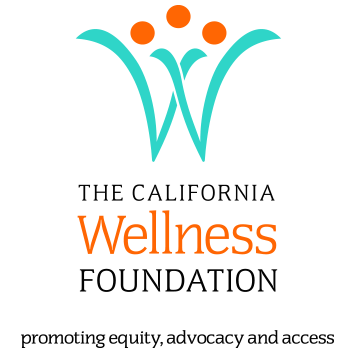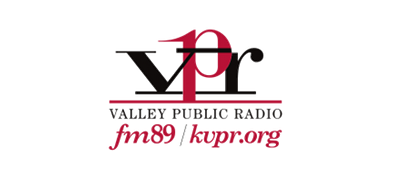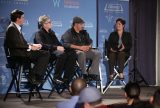
In The California Wellness Foundation’s Advancing Wellness Poll, Central Valley residents were more likely than those in other parts of the state to give their communities poor ratings regarding neighborhood health. As the Valley has grown into a major urban area, its infrastructure—in health, education, transit, and other public services—has struggled to keep up with the need. Many communities are bridging the gaps with homegrown solutions—from the doctor who operates a clinic out of an old bus, to residents who run free taxis for their neighbors. How much can communities get done by themselves? Is self-reliance the future—or a stopgap until institutions catch up? Rey Leon of Valley LEAP’s Green Raiteros rideshare, the Tulare County Food Bank’s Sarah Ramirez, and Fresno State social work researcher Kris Clarke visit Zócalo to examine what it takes to make a healthy neighborhood in the heart of the Valley.
This event is part of a Zócalo Inquiry into what makes a healthy neighborhood, produced in conjunction with the California Wellness Foundation’s Advancing Wellness Poll.
*Photo by Tomas Ovalle/AP Images for Boys & Girls Clubs of America.
The Takeaway
Dear Government, Be Careful How You Help the Central Valley
DIY Fresno-Area Communities Need Public Support—Without Strings Attached
While Central Valley communities are creating their own solutions to stubborn problems neglected by county, state, and federal government, they also need government to offer more support for successful local …






